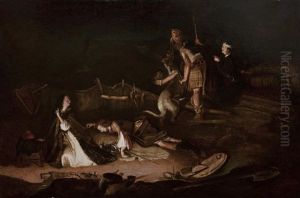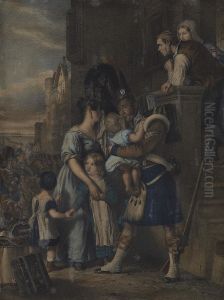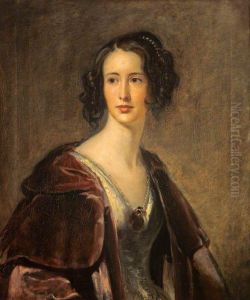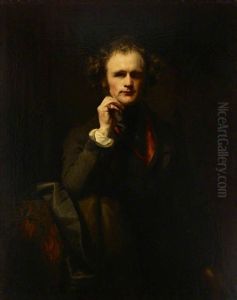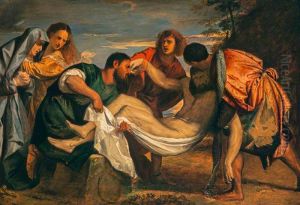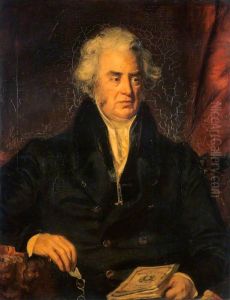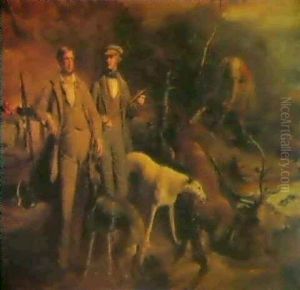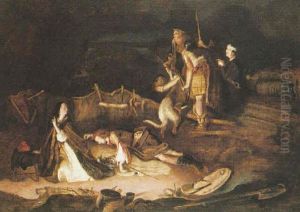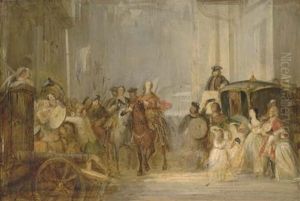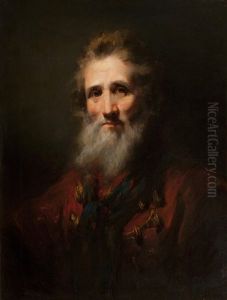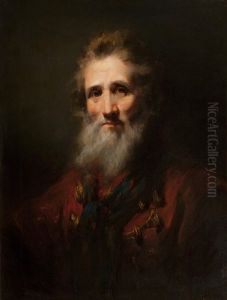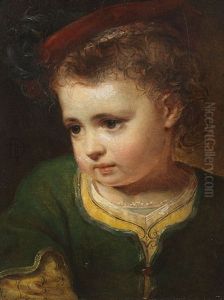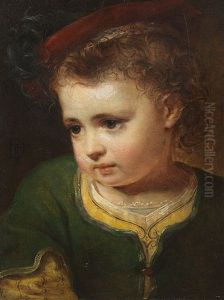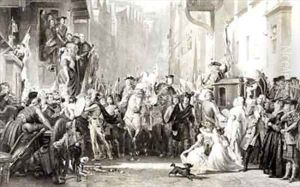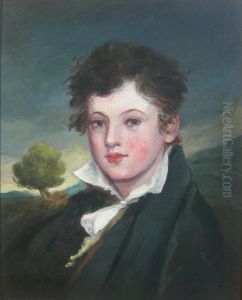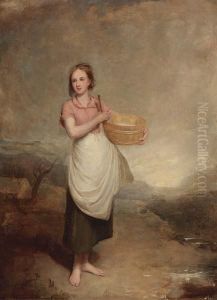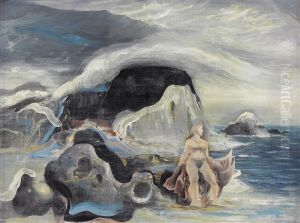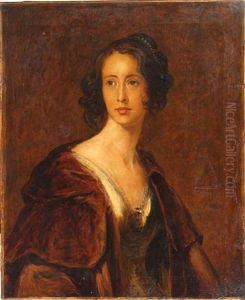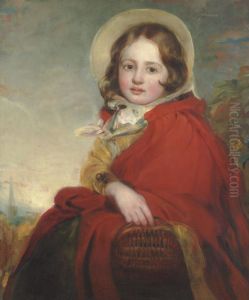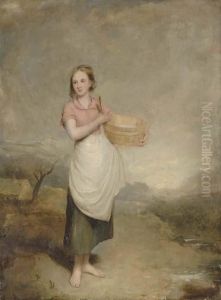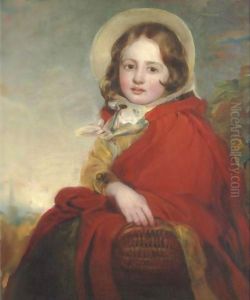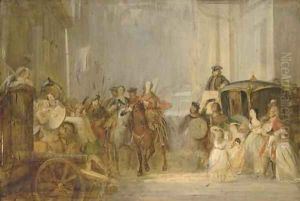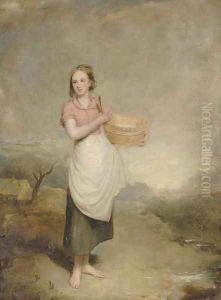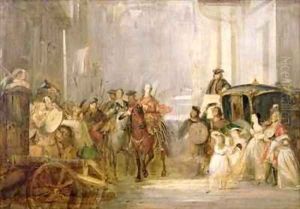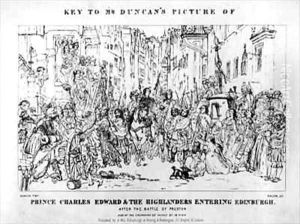Thomas Duncan Paintings
Thomas Duncan was a Scottish painter, born in 1807 in Kinclaven, Perthshire. He initially trained as an artist in Edinburgh under Sir William Allan, focusing primarily on historical and portrait painting. Duncan quickly established himself as a talented artist, becoming an associate of the Royal Scottish Academy in 1830, and a full member in 1831. His early works were inspired by literature and history, capturing significant moments with a dramatic flair that resonated with the romantic sensibilities of the time.
Duncan's reputation grew with his masterful depiction of historical scenes, often characterized by their emotional depth and meticulous attention to detail. Notable works from this period include 'The Entry of Charles Edward Stuart into Edinburgh' and 'Prince Charles Edward Stuart at the Battle of Culloden', both of which exemplify his skill in blending historical accuracy with artistic imagination.
In addition to his historical paintings, Duncan was also renowned for his portrait work. He painted many notable figures of his time, offering a glimpse into the Scottish Enlightenment and the broader cultural milieu of the 19th century. His portraits are celebrated for their insightful depiction of the subject's character and the elegance with which he rendered fabrics and textures.
Despite his success, Duncan's life was cut short when he died unexpectedly in 1845, at the age of 38. His death was a significant loss to the Scottish art world, as he was seen as one of the leading artists of his generation, with a promising career ahead. Today, Thomas Duncan's works are held in high regard, with his paintings featured in major museums and collections across Scotland and the UK, serving as a testament to his skill and contribution to the development of Scottish art in the 19th century.
